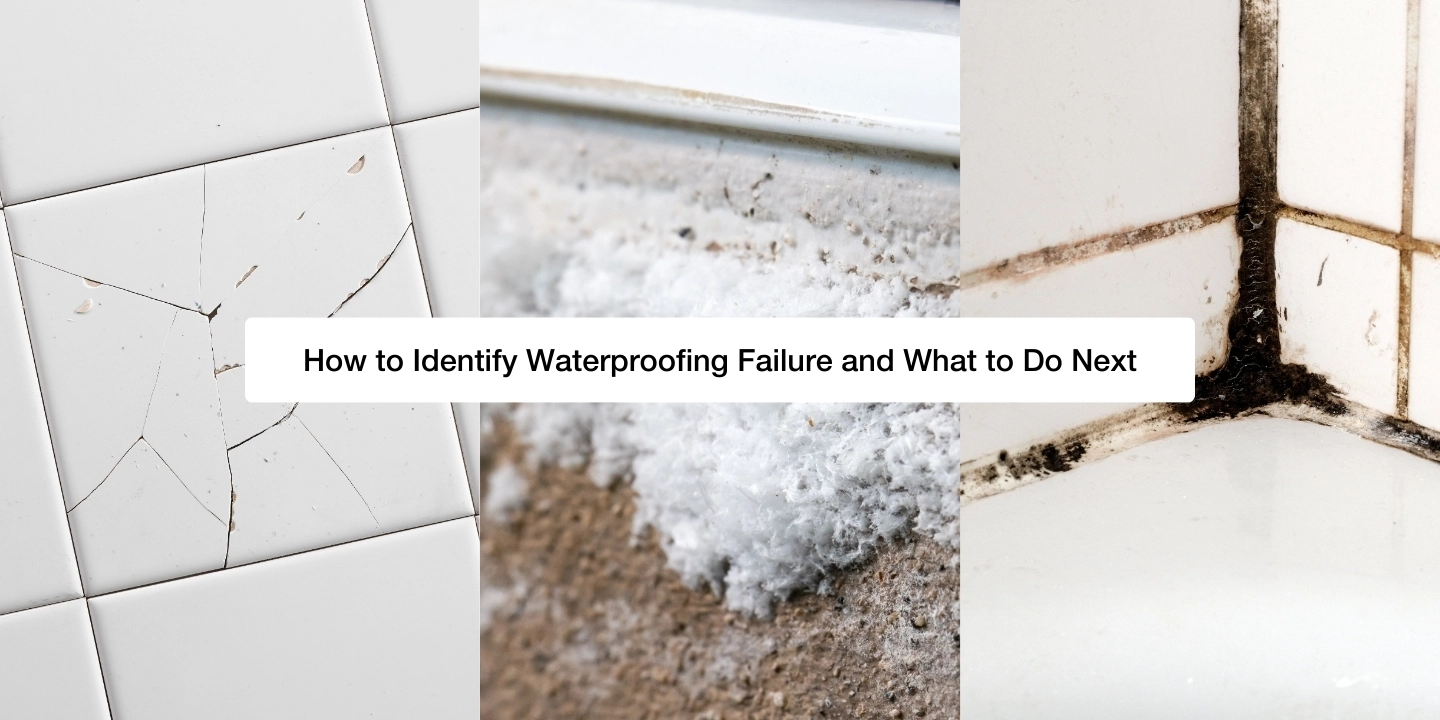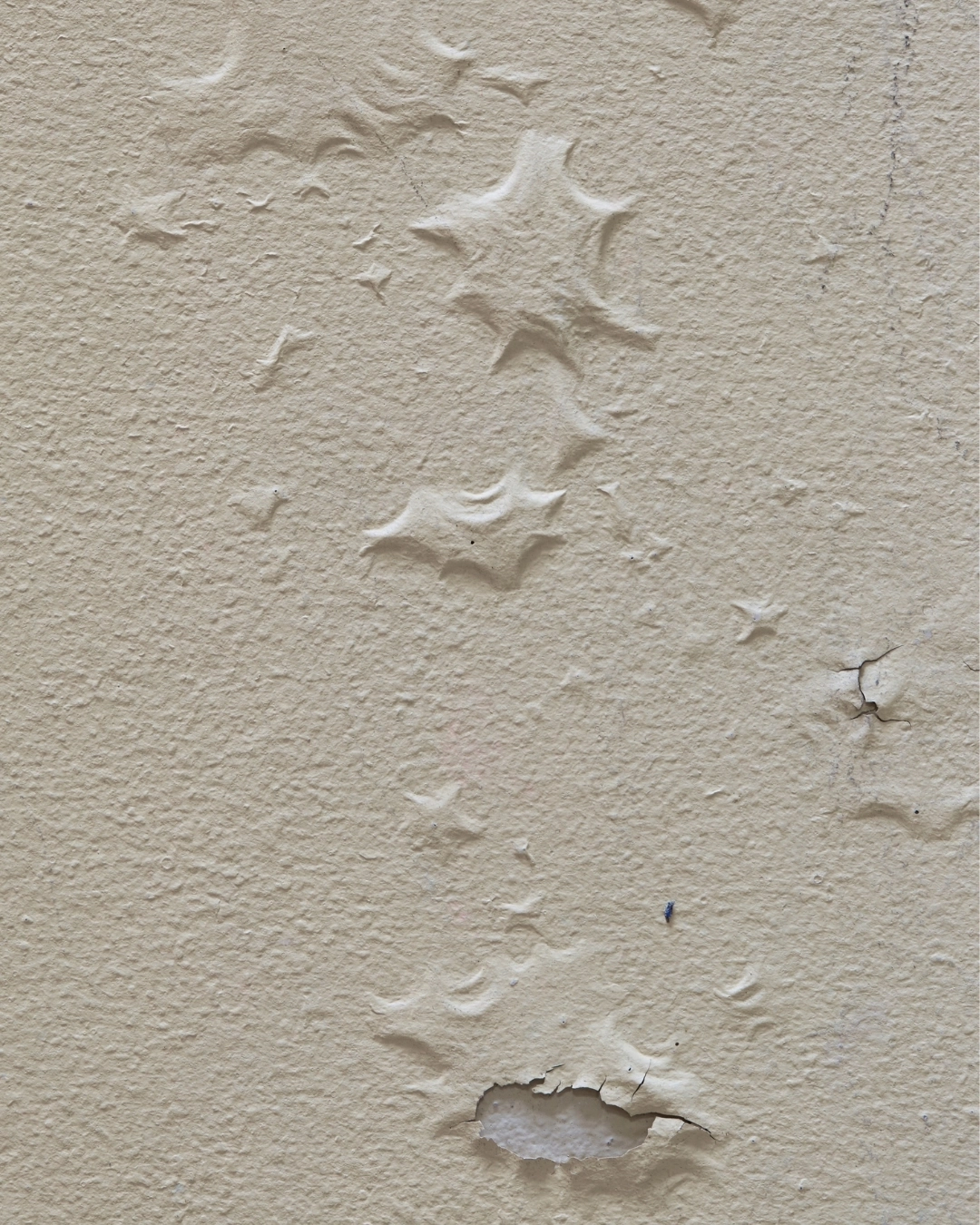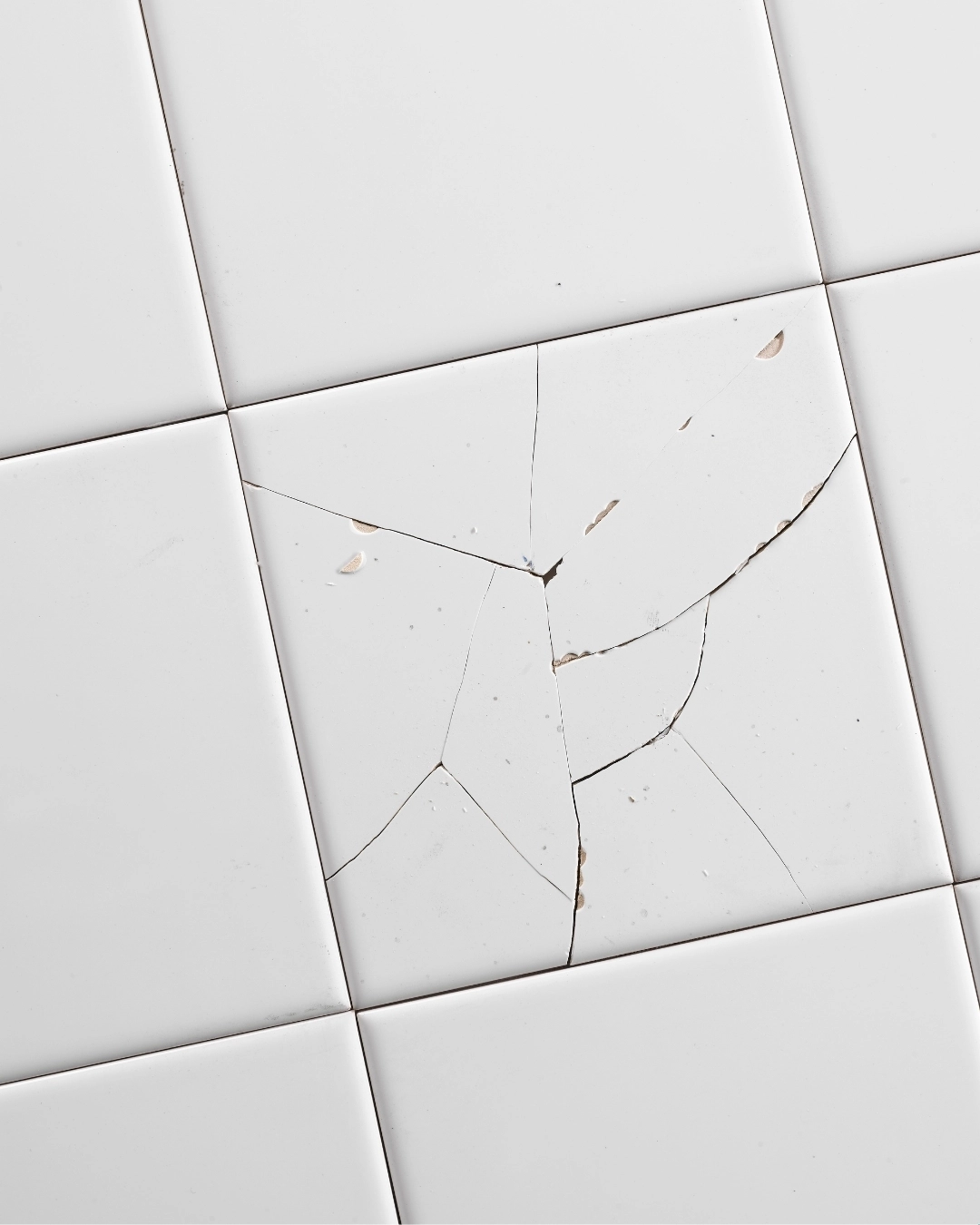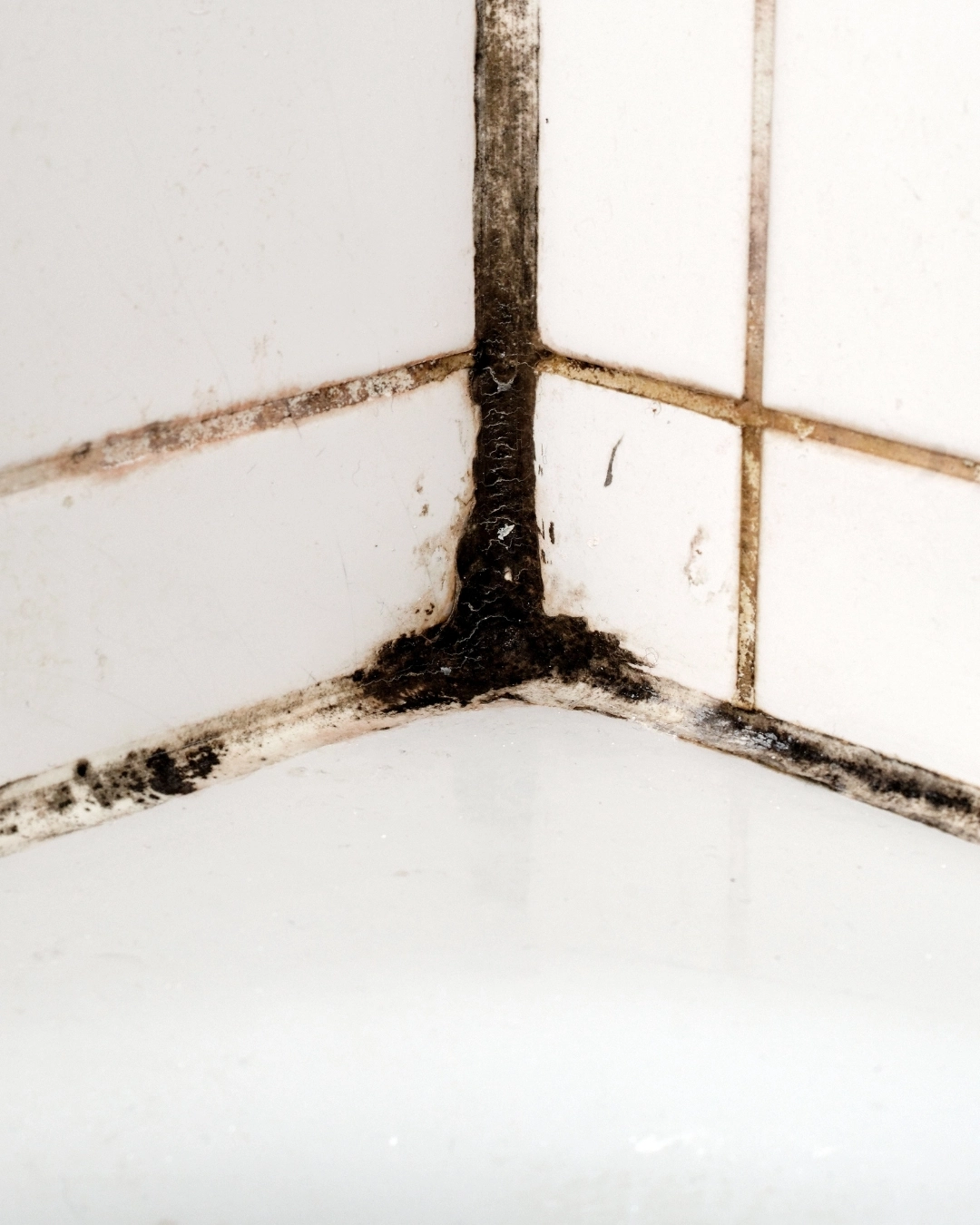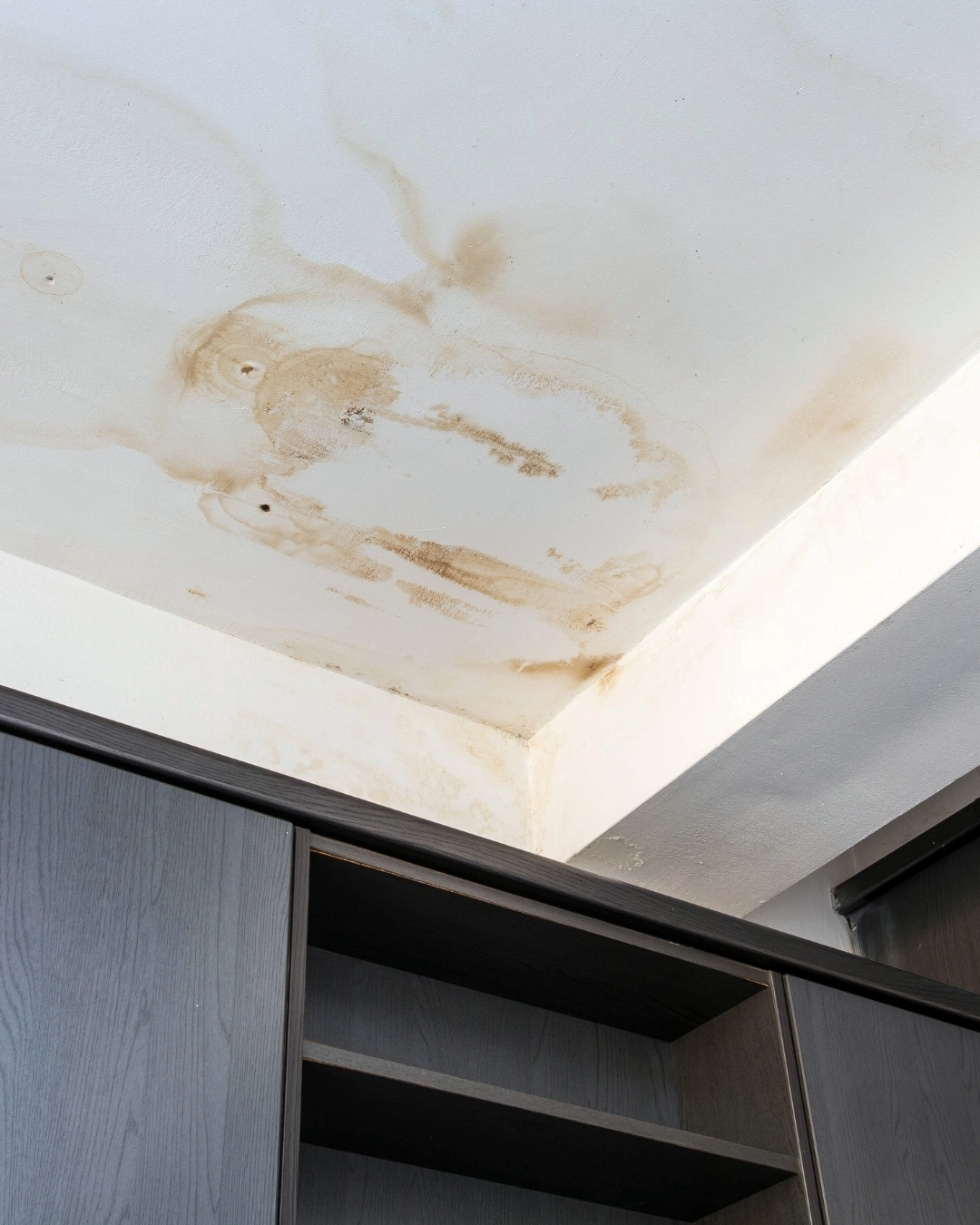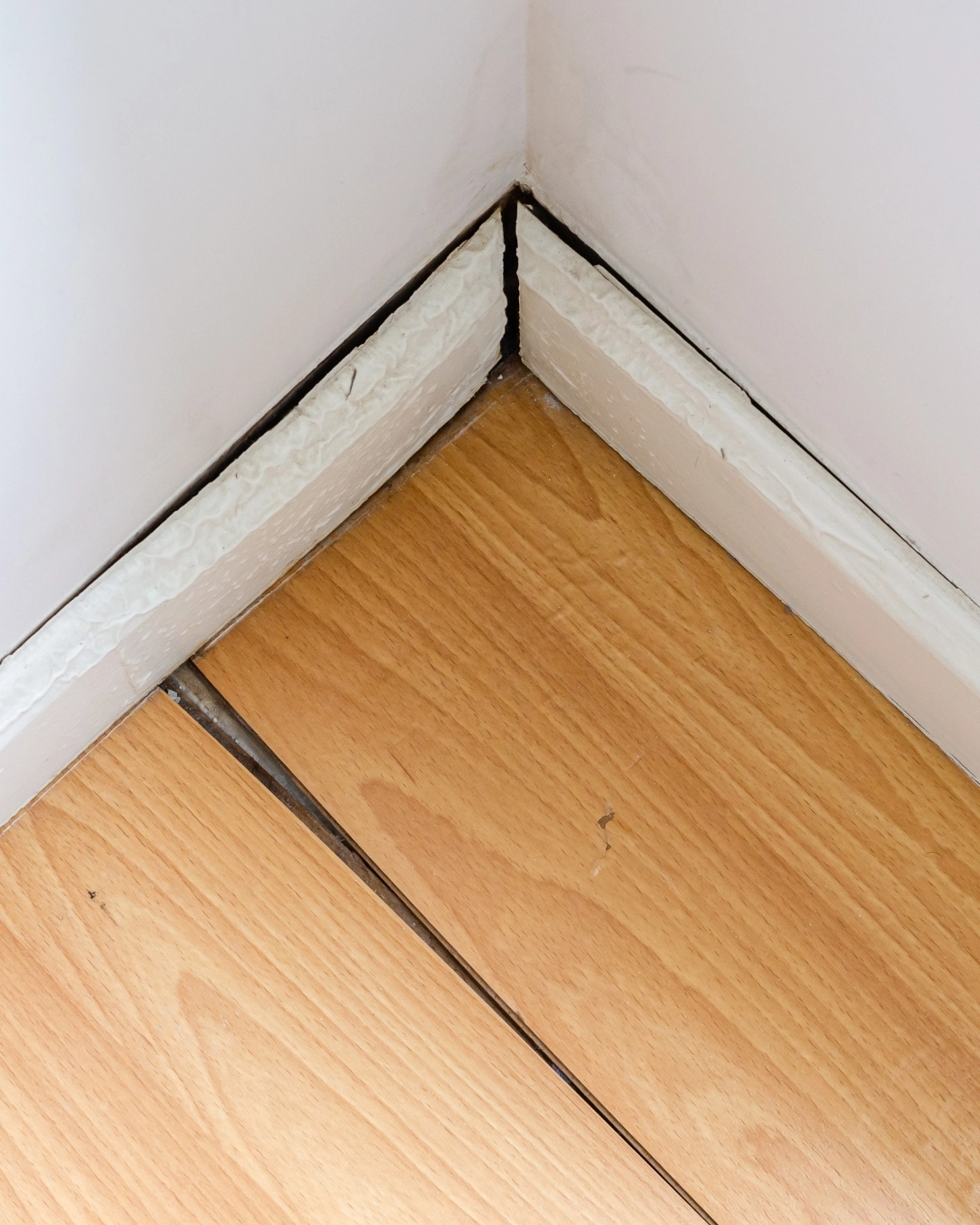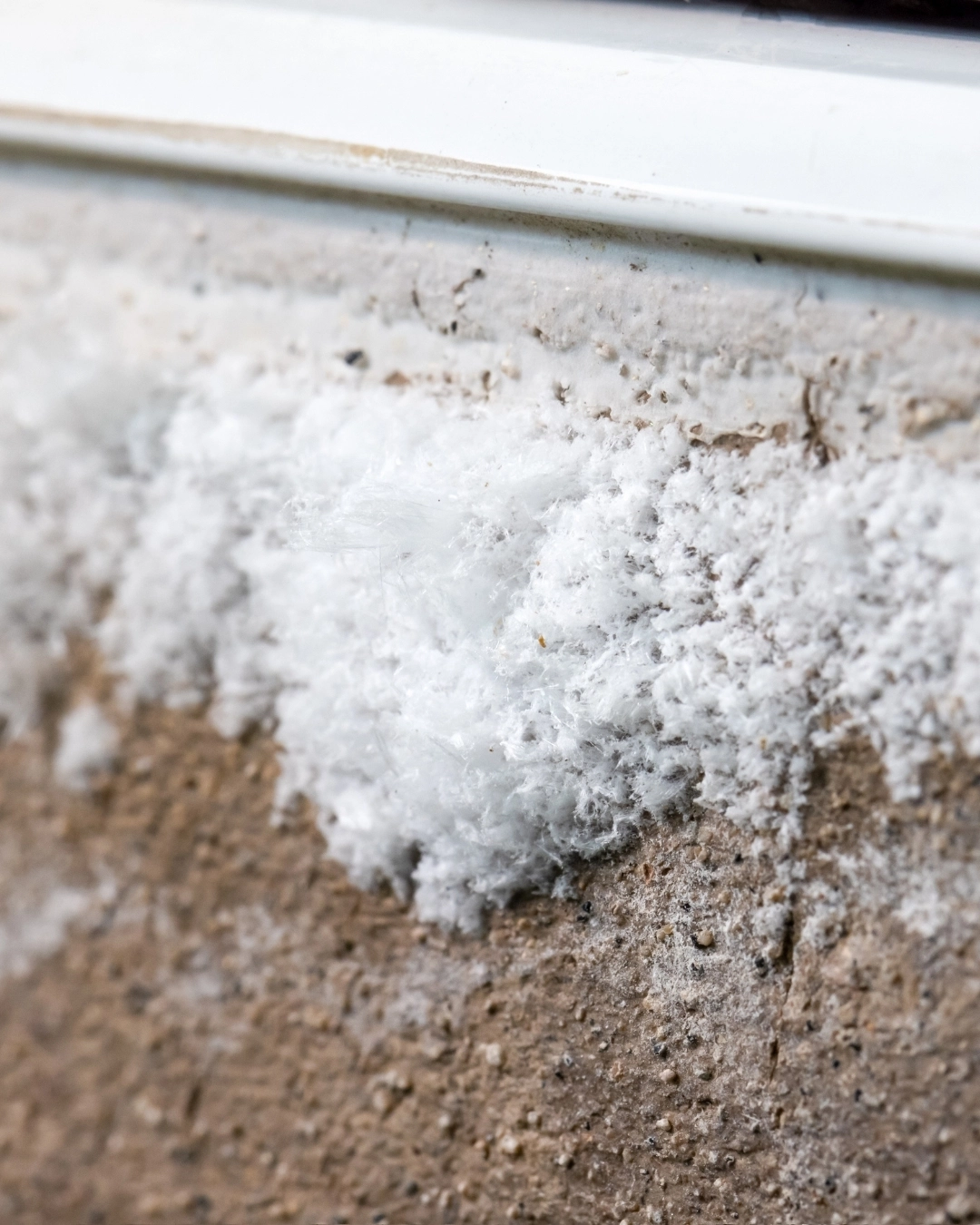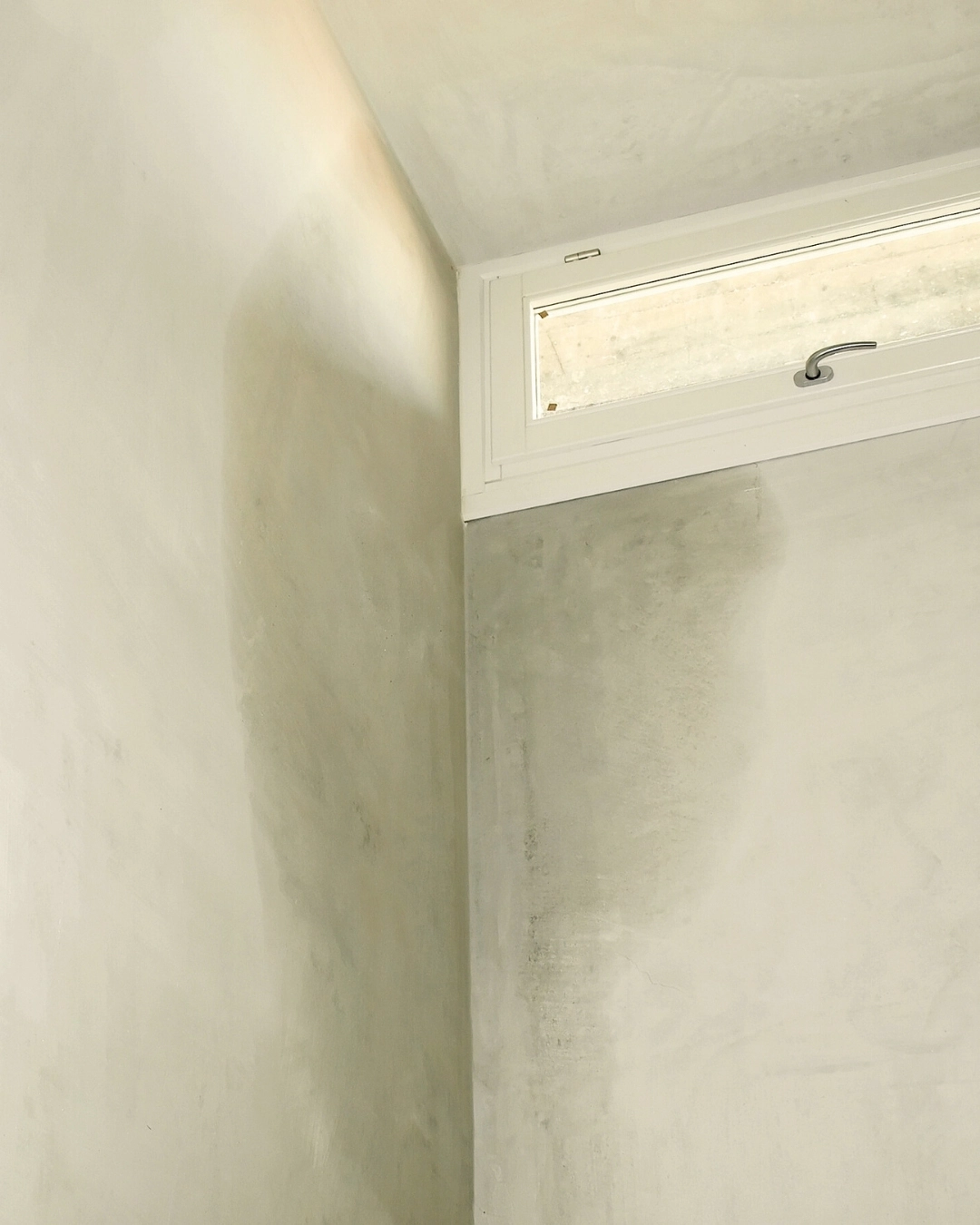Table of Contents
Waterproofing failure accounts for 80 – 90% of building defects in Australian properties and costs building owners and insurance companies up to $3 billion dollars annually¹.
When waterproofing fails, water seeps into areas it shouldn’t and causes a range of issues. A failure can happen to:
- Internal waterproofing – bathrooms, laundries, and other wet areas
- External waterproofing – balconies and rooftops
- Below-ground waterproofing – basements and retaining walls
We’ve created this guide to help you understand the common causes of waterproofing failure and what you should do next. You’ll also learn what some of the common signs of waterproofing failure are and what options you have for repair.
Why does waterproofing fail?
Waterproofing fails for a variety of reasons, but for simplicity, we’ve grouped them into three categories:
Failures caused by the property owner’s actions
All waterproofing systems need appropriate care and maintenance. When property owners overlook maintenance or fail to use wet areas as intended, the waterproofing membrane can be compromised and even break down sooner than expected. Common reasons for failure include:
- Not having silicone joints inspected regularly and replaced every 2–3 years.
- Ignoring cracked or missing grout, allowing cleaning products to reach and pond on the membrane.
- Failing to replace cracked or loose tiles promptly.
- Blocking or standing on drains, which can force water up the wall and bypass the membrane.
- Using harsh or corrosive cleaning chemicals that degrade the membrane.
- Letting water pool in areas without proper drainage.
- Using high-pressure handheld shower heads to wash down surfaces, which can force water into unprotected areas.
- DIY renovations or drilling that punctures the membrane
Failures caused by uncontrolled factors
Sometimes, waterproofing fails for reasons outside the property owner’s control. These include:
- Excessive movement as the building settles, expands or contracts.
- Damage caused by other trades during later works (plumbing, tiling, etc).
- Natural ageing of membranes and building materials
Failures caused by incorrect installation
Incorrect installation is surprisingly the least common reason for waterproofing failure, but it can happen. Reasons for failure can include:
- Inadequate surface preparation (dust, dirt or moisture preventing adhesion)
- Incorrect application (too thin, missed corners, poor curing)
- Wrong membrane selection (internal membrane used externally, etc.)
At Termidry, all waterproofing membranes used are matched to their intended application.
What are the common signs of waterproofing failure?
Signs of waterproofing failure aren’t always obvious during their early stages, as membranes are usually hidden. Over time, moisture penetration will usually reveal itself through one or more of these signs:
- Peeling, bubbling or flaking paint near wet areas
- Loose, cracked or lifting tiles
- Persistent mould or mildew, along with musty smells
- Discolouration or staining on walls, ceilings or floors
- Swollen or rotting skirting boards, door frames, etc.
- Efflorescence (white, powdery residue on tiles or grout lines)
- Damp patches or water pooling in unexpected areas
If you notice any of these issues happening in your home or business, it’s important that you arrange a professional inspection of your waterproofing. Prompt action can help prevent further damage, reduce repair costs and protect your property’s structural integrity.
What do I need to do if my waterproofing fails?
If you suspect waterproofing failure, acting quickly can make the difference between a minor repair and extensive structural damage. Here’s what to do:
Stop using the affected area where possible – Limiting water exposure in the area can help prevent further damage until repairs are made.
Document the damage – Take photos of all visible signs of damage. This can help with insurance claims or the warranty process.
Check your coverage – Repairs and related expenses could be covered by your builder’s statutory warranty period or by your home insurance.
Arrange a professional inspection – Have an experienced professional confirm whether you have failed waterproofing and identify its source.
Plan required repairs – Repairing failed waterproofing usually involves removing tiles or floor finishes, replacing the damaged membrane and then reinstalling the finishes.
Who is responsible for repairing waterproofing failure?
Responsibility for repairing waterproofing failure depends on factors such as the building’s age, the cause of the failure and any warranties or insurance policies in place.
The builder’s statutory warranty period – In most states across Australia, builders are legally responsible for arranging waterproofing repairs if failures occur during their statutory warranty period.
Covered under the Termidry Residential Warranty – In the unlikely event that waterproofing applied by Termidry fails and is still within the warranty term, repairs could be covered if the failure is due to either the materiel used or an application error*.
Defects caused by other trades – If it is found that another trade damaged the membrane after installation, they may be responsible for the cost of repairs.
Home insurance coverage – Some insurance policies may cover water damage caused by failed waterproofing. It’s important to review your policy and speak with your insurer.
Out-of-warranty or owner-maintained properties – If the application is out of the warranty period or no warranty applies, the property owner is responsible for organising and funding repairs.
*Termidry Residential Warranty terms and conditions apply
Conclusion
Waterproofing is one of the most important protective measures in a building, yet it’s often overlooked until problems arise. When waterproofing failure does happen, the damage can be costly and disruptive, but knowing what signs to look for and what steps to take can help minimise the impact.
We recommend all property owners read our Termidry waterproofing care & maintenance flyer, which details what you can do to reduce the chances of waterproofing membrane failure. However, if you suspect your property has experienced a failure, the best thing to do is contact a waterproofing repair specialist to assess your property.
Frequently Asked Questions
Q. Can waterproofing be repaired?
A. Yes, failed waterproofing can be repaired. In most cases, it will require either the grout and/or tiles to be removed and replaced.
Q. Is waterproofing failure covered by home insurance?
A. Some home insurance policies may cover water damage caused by failed waterproofing, but many exclude gradual or preventable damage. Check your policy carefully and speak with your insurer.
Q. What areas of a building are most at risk of waterproofing failure?
A. Waterproofing failure can happen in any area of a building where a membrane has been applied. However, bathrooms, showers and balconies are usually the most at risk.
Q. Is rising damp a result of waterproofing failure?
A. No. Rising damp is not caused by failed waterproofing. Instead, it occurs when groundwater travels upward through porous building materials.
Q. How much does it cost to fix failed waterproofing?
A. Costs vary depending on the size of the area, the extent of the damage and whether tiles or floor coverings need replacing. A professional assessment is the best way to get an accurate quote.

















